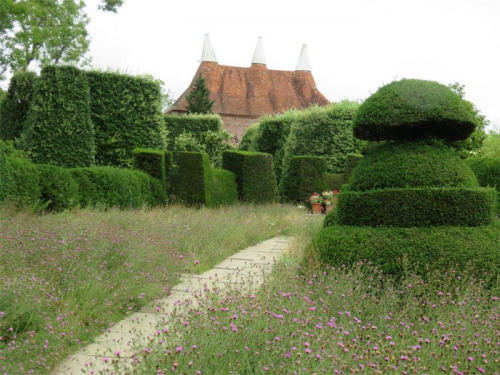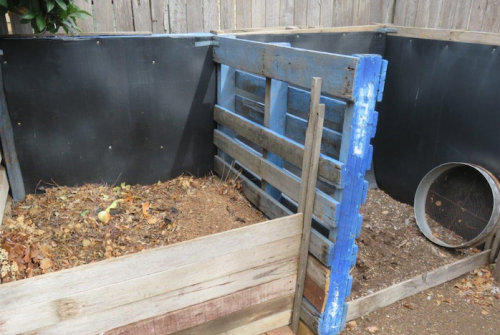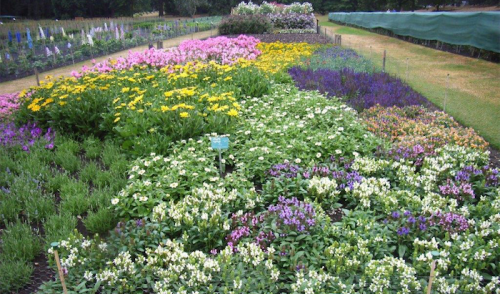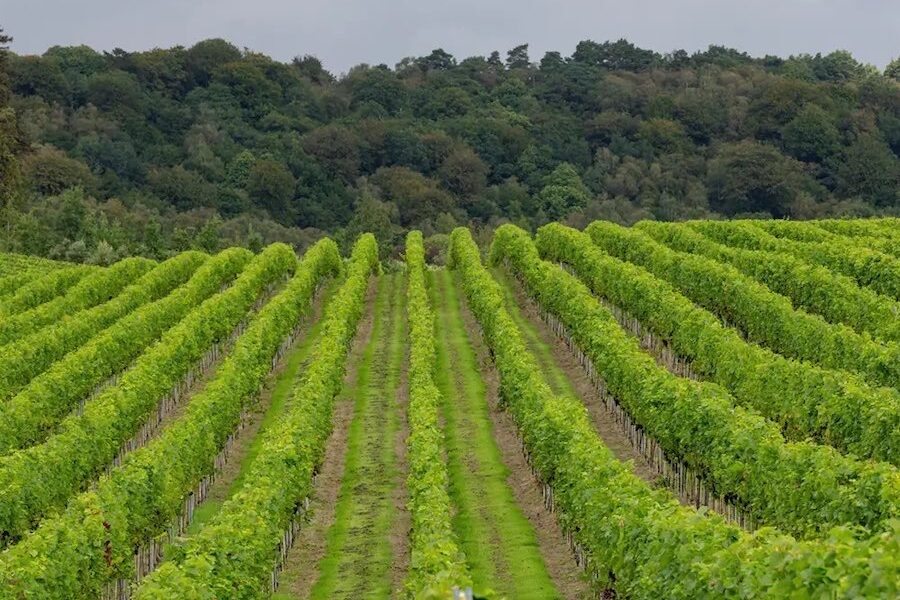“AUTUMN time is planting time”, as the saying goes, and time for putting in evergreen trees and shrubs. Then in winter it will be time to plant deciduous ornamental trees and shrubs and fruit trees.

One of the most practical uses of evergreen plants is to provide privacy hedges. Yes, they require a bit of work to keep them looking in peak condition. But, for example, there is nothing more beautiful than a well-clipped flowering hedge such as Camellia sasanqua flowering most of the winter. Or even a bottlebrush hedge of say, Callistemon Endeavour with its brilliant red flowers.
One important point with clipping hedges is to always keep the top narrower than the base. This allows an even distribution of natural light to the whole plant.
An even more important point when planting a hedge is to dig a trench rather than individual holes. This allows the roots to spread along the trench providing a faster-growing hedge. Planting in autumn means the plants aren’t battling hot drying winds and it’s easier to keep the ground moist.
For hedges, watering by drip irrigation is ideal. I zig-zag the drip line around each plant rather than laying it out in a straight line, providing more even watering. March and October are the ideal times to clip evergreen hedges. In the case of winter and spring-flowering shrubs do not clip in March or you may be clipping off all the flower buds!

TAXUS baccata or English yew tree is one of the longest living trees in the world. Yew trees are especially associated with churchyards in Britain.
With modern dendrology (the study of trees), amazing advances have been made in ascertaining the age of trees by using core samples taken from the trunk.
In addition, the growth rings can indicate periods of wet weather or droughts, thus giving a climate pattern over millennia. Although that means cutting down the tree.
“Country Life” magazine noted yew trees have been recorded in excess of 5000 years old. These have been used traditionally for hedges and topiary of which British gardens are famous. The tallest yew hedge in England is more than 13 metres tall and over 300 years old at a park in Cirencester, which I understand they use a cherry picker to clip.
The red berries of yew are harmless, however the seeds and needles are lethal and highly toxic. Despite this, yew is used for cancer treatment with the needles having chemicals known as taxanes, which once extracted help prevent cancer cells forming.

LARGE deciduous trees will start dropping copious amounts of leaves over the next couple of months. They are an invaluable resource for gardens. Firstly, shred the leaves using a mower before adding to the compost. If space is limited a simpler solution is to form a circle of bird netting about a metre across held in place with two or three tomato stakes.
A good handful of garden lime should be added for every few barrow loads of leaves. The compost is sieved after a few months to eliminate bits of stick etcetera that have not broken down. The end result is usually about 40 barrow loads per bin of simply beautiful compost to spread in winter. More on mulching later in August.

THE last recommendation in my series of English gardens worth visiting in the northern summer is Wisley, the jewel in the crown of Royal Horticultural Society gardens.
Located 64 kilometres south of London, it is the second most visited garden in Britain after Kew Gardens. Last year 1.2 million gardeners visited to explore and gather ideas around the 97-hectare garden. Besides the series of model gardens (examples for the small residential garden) is the spectacular Bicentenary Glasshouse.
The Portsmouth Trial Gardens assess hundreds of new varieties of plants aspiring to receive an Award of Garden Merit, which virtually guarantees huge sales for the breeder.
The gardens were established by GF Wilson, a Victorian businessman and RHS member in 1898. When he died in 1902 it was bought by Sir Thomas Hanbury, who then donated the gardens to the RHS in 1903. More at rhs.org.uk/wisleywhatson
Jottings…
- Clean fallen fruit from under fruit trees.
- Sow seeds or transplant seedlings of winter veggies.
- Plant carpet thyme as a living mulch.
- Wear gloves when handling hyacinth bulbs as they can cause skin irritation.
Who can be trusted?
In a world of spin and confusion, there’s never been a more important time to support independent journalism in Canberra.
If you trust our work online and want to enforce the power of independent voices, I invite you to make a small contribution.
Every dollar of support is invested back into our journalism to help keep citynews.com.au strong and free.
Thank you,
Ian Meikle, editor




Leave a Reply